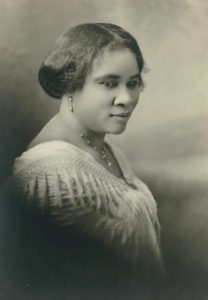History
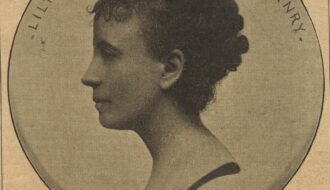
Louisa Lamotte
A Creole of color who became a pioneering scholar of education in France

A Creole of color who became a pioneering scholar of education in France
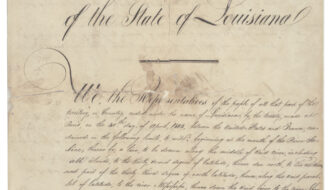
Louisiana has had ten state constitutions since 1812, with the current governing document dating to 1974.

Louisiana’s folktales have been influenced by Indigenous peoples and the many cultural and ethnic groups that have immigrated to the state.
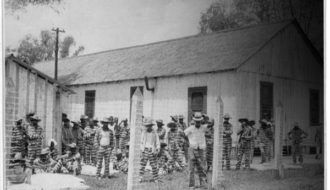
Founded in the early nineteenth century during a time of radical penal reformation, the Louisiana State Penitentiary at Angola is one of the nation's largest prisons.
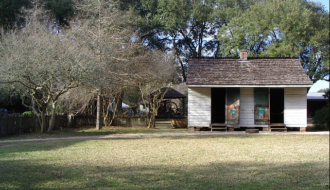
The LSU Rural Life Museum is an outdoor complex of southern rural vernacular buildings located in Baton Rouge.
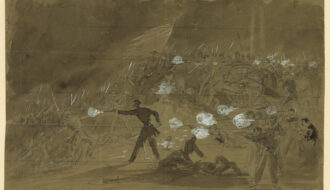
During the Civil War, Louisiana’s battalions and regiments of foot soldiers were collectively known as the Louisiana Tigers with a reputation for reckless, often alcohol-fueled behavior.

The election of Abraham Lincoln and threats to slavery’s expansion were two major factors in Louisiana’s decision to leave the Union.
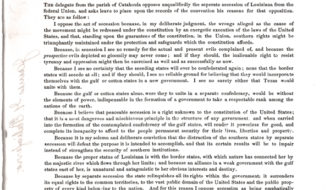
Louisiana seceded from the Union on January 26, 1861, although many in the state opposed the decision.
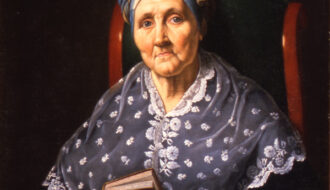
Italian painter Luigi Marie Sotta, a skilled and significant artist well versed in French academic practice, worked for at least two seasons in New Orleans.
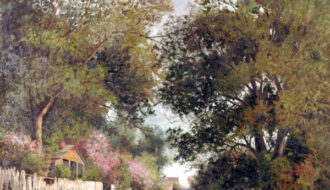
Though remembered for being a talented landscape painter, Lula King Saxon was also a writer, musician, poet, singer, and actress.
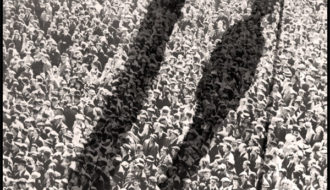
Lynching, an extralegal method of maintaining racial boundaries (and terror), has a long, bloody history in Louisiana.
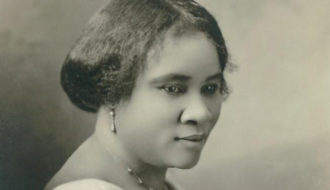
Madam C. J. Walker, born Sarah Breedlove, founded a successful hair-care business that eventually employed more than three thousand people.
One-Year Subscription (4 issues) : $25.00
Two-Year Subscription (8 issues) : $40.00
